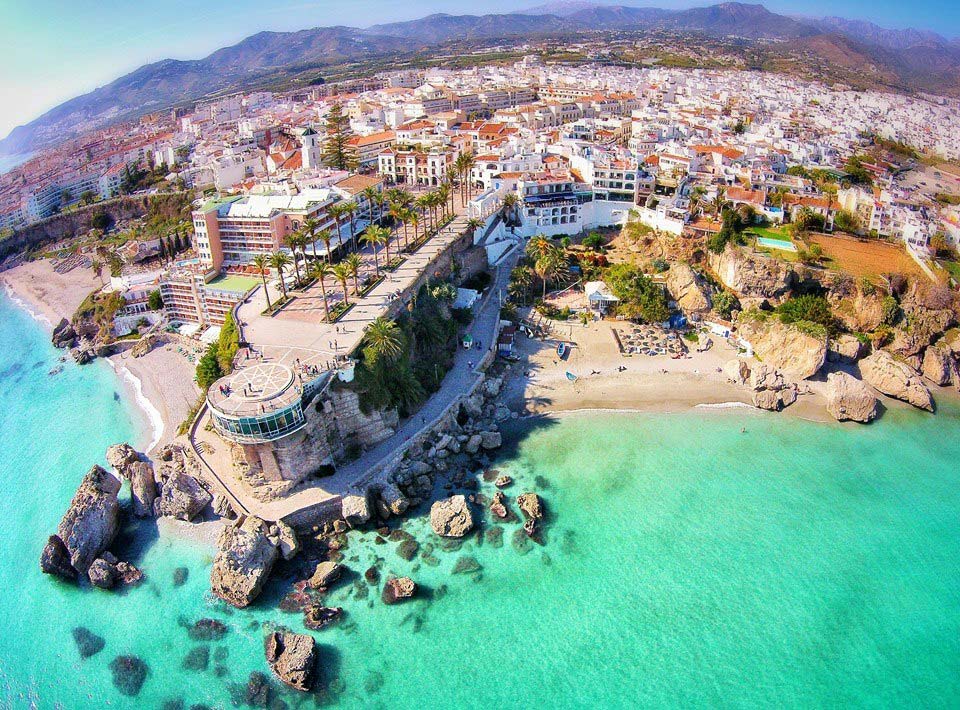
Spain, the world’s second most popular tourist destination after France, has set a new record by welcoming 17.1 million international visitors in the first quarter of 2025, marking a 5.7% increase from the previous year. This robust influx is primarily driven by tourists from the United Kingdom, France, Germany, and the United States, with the UK alone contributing over 3.1 million visitors, a 4.6% rise year-on-year.

Key regions such as Catalonia, the Balearic Islands, the Canary Islands, Andalusia, and Málaga have seen significant growth, with Catalonia attracting about 3.5 million foreign tourists in just three months. The Balearic Islands recorded a 3.6% increase in arrivals, surpassing 810,000 visitors.

Tourism revenue surged alongside visitor numbers, with international tourists spending €23.5 billion in the first quarter, a 7.2% increase compared to the same period last year. The average spending per trip reached €1,382, highlighting Spain’s growing economic benefit from tourism. Experts forecast that Spain will welcome nearly 98 million foreign tourists in 2025, surpassing the 94 million recorded in 2024.

This surge is expected to generate tourism revenues of approximately €135.8 billion, a 7.5% increase over 2024, reinforcing tourism as a vital pillar of Spain’s economy, contributing up to 15% of GDP and generating around 20% of employment directly and indirectly.
The tourism sector’s rapid growth is supported by recovering European household purchasing power amid falling inflation, economic recovery in key source markets, and Spain’s perceived safety relative to other destinations facing geopolitical instability. Domestic tourism remains historically high but grows more modestly as Spaniards increasingly travel abroad.

The Balearic and Canary Islands, Catalonia, and Madrid are among the most dynamic regions benefiting from tourism-driven growth, contributing significantly to Spain’s solid 2.8% GDP growth forecast for 2025.
However, challenges remain, including the need to diversify tourist offerings, manage tourist flows sustainably, and address local concerns about overcrowding and rising living costs. Authorities aim to balance continued growth with sustainable development to maintain Spain’s competitiveness without compromising its cultural and environmental assets.

Overall, Spain’s tourism sector is on track for another exceptional year, potentially exceeding 100 million international visitors by year-end and solidifying its position as a global tourism powerhouse rivaling France and other leading destinations.























.jpg)










.jpeg)





















